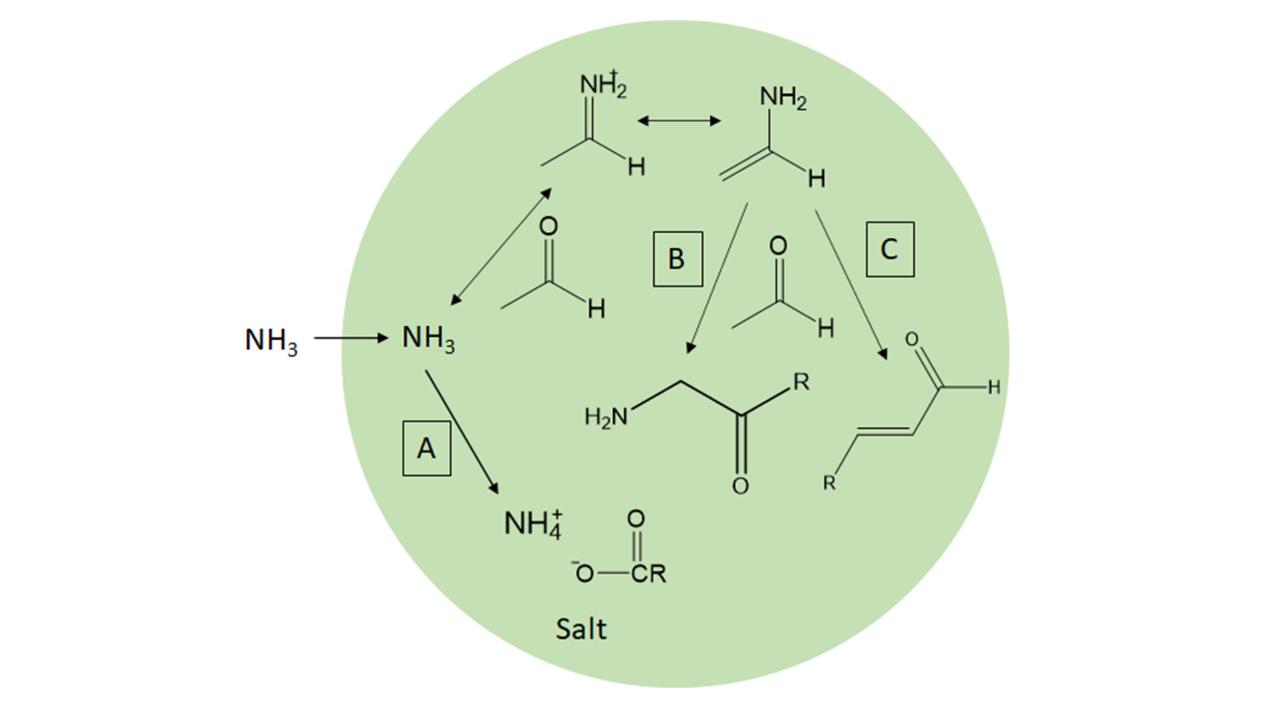Ellie Browne
Associate Professor
- Ph.D., University of California, Berkeley, 2012
Research Interests
Understanding the mechanisms through which aerosol particles form and grow is critical for constraining a planet’s energy budget, however, our knowledge of the key processes governing particle formation and growth in diverse environments remains weak. In the coming decades, our knowledge of particle formation and growth will continue to be challenged as changing climate and anthropogenic emissions alter the chemical regimes of modern-day atmospheric chemistry on Earth and measurements from, for instance, the James Webb Space Telescope and NASA’s Dragonfly mission offer increasingly chemically resolved insights into planetary atmospheres much different from our own. My group's research focuses on improving our understanding of aerosol formation and growth using a combination of field measurements, laboratory experiments, modeling, and instrument/method development.
Current Research
New Particle Formation and Growth
Atmospheric new particle formation (NPF) followed by growth of the particles to ~50-100 nm plays a critical role in our ability to understand how aerosols affect cloud lifecycle, properties, and processes and more generally the earth’s radiative balance. Our understanding of NPF and growth however remains incomplete in part because ambient measurements of these processes in diverse ecosystems remain sparse and because these processes are governed by a complex interplay of chemistry and the physical state of the atmosphere. Since 2016, we have been investigating NPF and growth at the Department of Energy Atmospheric Radiation Measurement Southern Great Plains (SGP) research station. Despite accounting for approximately half of habitable land use, the atmospheric chemistry of agricultural regions is understudied. To investigate NPF and growth, we deploy state-of-the-art mass spectrometers to measure the chemical composition of the atmosphere. We supplement these intensive operating periods with analysis of the long-term measurements at this site. Currently we are investigating the role of vertical and horizontal transport in NPF and improving the understanding of the atmospheric chemistry of key NPF precursors such as amines.
Planetary Atmospheres
Atmospheric composition plays a critical role in creating and maintaining a habitable environment. For instance, the formation of aerosol particles (“hazes”) may affect the surface ultraviolet radiation flux and temperature and may serve as a source of complex organic molecules including nutrients. Although the composition of aerosols in planetary atmospheres is diverse, organic aerosols are of particular interest for our understanding of habitable worlds. Organic aerosol may serve as a potential biosignature for certain anoxic atmospheric compositions, and it may have played an important role in the climate and biogeochemistry of early Earth. We use laboratory experiments to investigate the formation of organic aerosols in atmospheres approximating Saturn's moon Titan and the Earth's atmosphere during the Archean Eon. We are specifically interested in how trace gases such as hydrogen sulfide and water affect the composition and physical properties of organic aerosols.
Organosilicon Chemistry
Several million tons of organosilicon compounds, most notably volatile methyl siloxanes (VMS), are manufactured annually for use in a variety of applications including personal care products and adhesives. Despite estimates that over 90 percent of VMS environmental loading is present in the atmosphere, the multigenerational chemistry of VMS remains poorly constrained. We use an environmental simulation chamber to investigate the atmospheric oxidation of siloxanes. We are specifically interested in the oxidation kinetics, oxidation mechanism, and aerosol formation potential. These studies improve our understanding of the environmental fate of these contaminants of emerging concern.
Instrument & Method Development
Because we are interested in novel atmospheric constituents, an overarching theme of our work has been on instrument and method development. We develop new reagent ions for chemical ionization mass spectrometry and we design new methods for measuring the chemical compositions of aerosol. We also design new data visualization techniques for mass spectral data and work on algorithm development for processing long-term atmospheric measurements.
Research Categories
Atmosphere, ChemistryResearch Images
Honors and Awards
to
Invalid date -Sponsors
-
Invalid dateP.I.(s)
About CECA
CECA connects and creates a supportive environment for graduate students and postdocs who come from various academic units to do research in CIRES.

